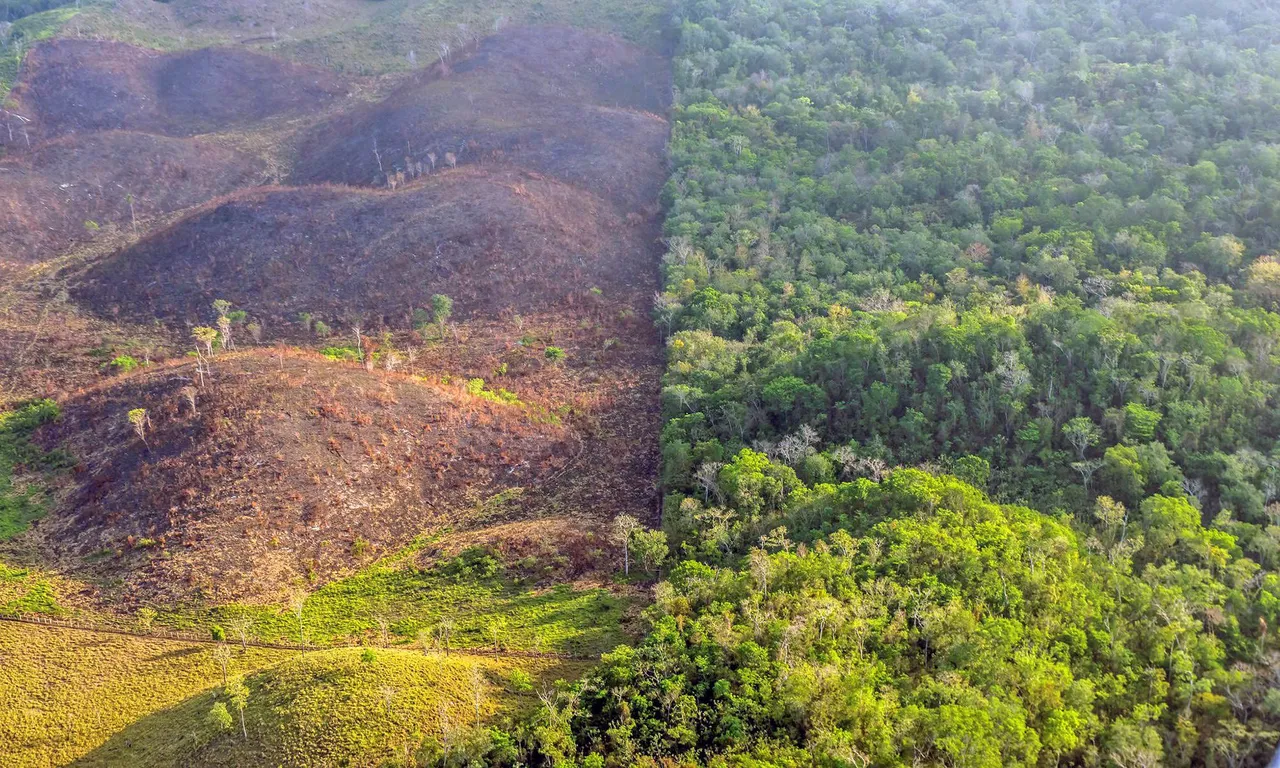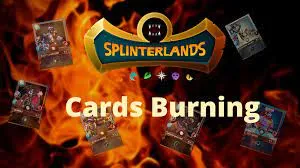"most fertile land was once a destroyed forest"
The destruction of a forest may seem like a negative event, but it can lead to positive outcomes in the long run.

The cycle of life and growth is based on destruction and death, and this concept applies to many aspects of our lives, including gaming. In a TCG-style P2E game, destroying older edition cards is a way to give value to newer edition cards. As the author Paulo Coelho once said, "The cycle of life is the force that guides us all."
Although older edition cards are powerful in their own way, they often become redundant with newer cards and abilities. A large number of cards are not even played now because newer cards and abilities are better, stronger, and more desirable. This is similar to the natural process of destruction and death, where old or weak organisms give way to new, stronger ones. As the writer John Irving once said, "The world is constantly evolving, and we must evolve with it."
In order for the economy of a P2E game to sustain, the cards must be deflationary. This means that their number should decrease over time, as new and better cards are introduced. The destruction of older edition cards helps to achieve this by reducing the supply of those cards, making them rarer and more valuable. As the economist Milton Friedman once said, "Inflation is always and everywhere a monetary phenomenon."

One way of destroying previous edition cards, mostly unwanted ones, is to offer incentives to players. For example, a $10 pack could be given a 15% discount for burning a maxed out common card, increasing to a 50% discount for a maxed out legendary card.
Alternatively, new 'mythic' cards could be issued that can only be obtained by burning older cards. This creates a sense of urgency among players to obtain the newer, more valuable cards, and get rid of old cards which they never played with or would have burned for in-game currency (causing another inflation of that currency).
In conclusion, the destruction and death of older edition cards should be a natural part of the cycle of TCG game, and this concept is applicable in TCG-style p2e games too. Offering incentives for players to destroy older cards is a way to achieve this, while also keeping the game interesting and challenging. As the writer Ernest Hemingway once said, "The world breaks everyone, and afterward, some are strong at the broken places."